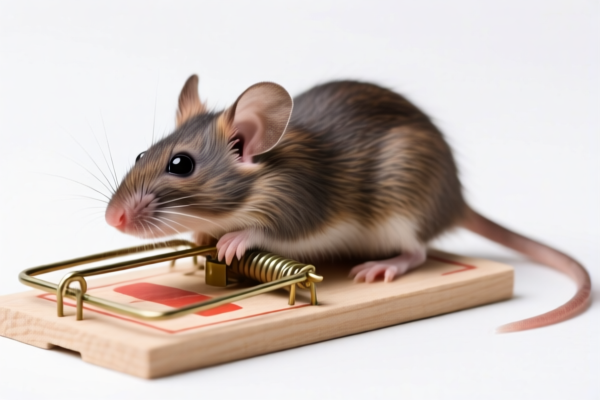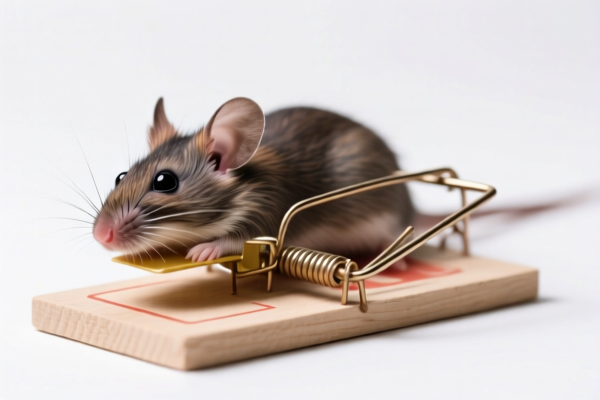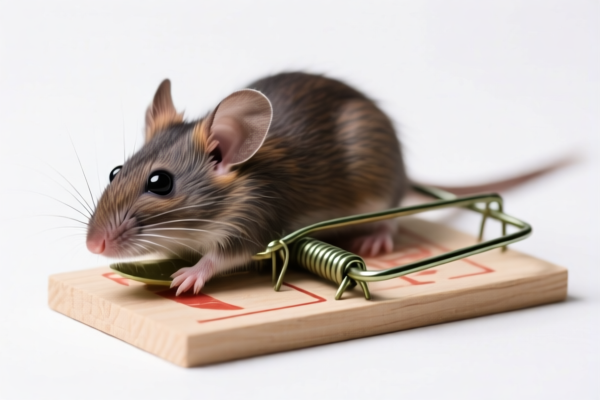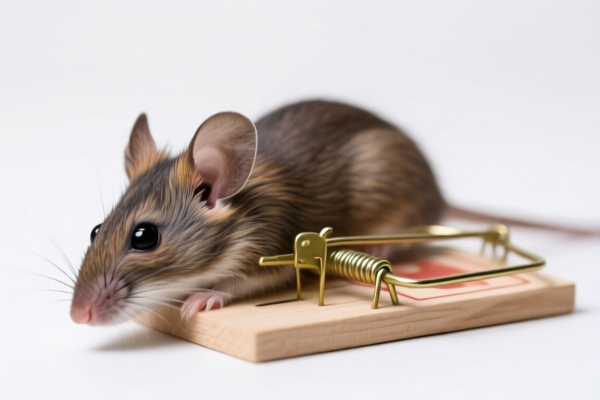| HS Code | Official Doc | Tariff Rate | Origin | Destination | Effective Date |
|---|---|---|---|---|---|
| 8205593080 | Doc | 55.0% | CN | US | 2025-05-12 |
| 3808911000 | Doc | 57.8% | CN | US | 2025-05-12 |
| 3808997000 | Doc | 60.0% | CN | US | 2025-05-12 |




Okay, let's break down the HS codes and tax implications for your declared goods, "MOUSE TRAP". Here's a detailed analysis, structured for clarity:
Understanding HS Codes – A Quick Primer
HS codes (Harmonized System codes) are internationally standardized codes used to classify traded products. They're crucial for determining tariffs, regulations, and trade statistics. The first 6 digits are generally standardized globally, while the last digits can vary by country.
Analysis of Your Declared HS Codes
You've provided three HS codes related to mouse traps and pest control. Let's examine each one:
1. HS Code: 8205.59.30.80 – Other handtools (including glass cutters) and parts thereof: Other: Crowbars, track tools and wedges, and parts thereof Other
- 82: Chapter 82 – Tools, implements, cutlery, hand tools, and articles of corresponding materials; articles of knives, excluding those of Chapter 30. This broadly covers hand tools.
- 05: Specifically, this refers to hand tools (excluding those of Chapter 30).
- 59: Other handtools, not elsewhere specified or included.
- 30: Crowbars, track tools and wedges, and parts thereof.
- 80: Further specification within that category.
Tax Implications:
- Basic Duty: 0.0%
- Additional Duty: 25.0%
- Post April 2, 2025: Additional Duty increases to 30.0%
- Total Tax: 55.0%
Important Note: This HS code seems more appropriate for mechanical mouse traps that function as tools (e.g., snap traps). Please verify if your mouse traps are indeed constructed and function as tools. If they are primarily plastic or designed as disposable traps, the other codes might be more accurate.
2. HS Code: 3808.91.10.00 – Insecticides, rodenticides, fungicides, herbicides, antisprouting products and plant-growth regulators, disinfectants and similar products, put up in forms or packings for retail sale or as preparations or articles (for example, sulfur-treated bands, wicks and candles, and flypapers): Other: Insecticides: Fly ribbons (ribbon fly catchers)
- 38: Chapter 38 – Miscellaneous chemical products. This covers a wide range of chemicals, including pesticides.
- 08: Insecticides, rodenticides, fungicides, herbicides, etc.
- 91: Products put up for retail sale or as preparations/articles.
- 10: Specifically, insecticides.
- 00: Fly ribbons (ribbon fly catchers).
Tax Implications:
- Basic Duty: 2.8%
- Additional Duty: 25.0%
- Post April 2, 2025: Additional Duty increases to 30.0%
- Total Tax: 57.8%
Important Note: This code is specifically for insecticidal fly ribbons. If your mouse traps are not treated with insecticides, this code is incorrect.
3. HS Code: 3808.99.70.00 – Insecticides, rodenticides, fungicides, herbicides, antisprouting products and plant-growth regulators, disinfectants and similar products, put up in forms or packings for retail sale or as preparations or articles (for example, sulfur-treated bands, wicks and candles, and flypapers): Other: Other: Other: Other: Containing an inorganic substance
- 38: Chapter 38 – Miscellaneous chemical products.
- 08: Insecticides, rodenticides, fungicides, herbicides, etc.
- 99: Other. This is a catch-all for products not specifically listed elsewhere in the chapter.
- 70: Containing an inorganic substance.
Tax Implications:
- Basic Duty: 5.0%
- Additional Duty: 25.0%
- Post April 2, 2025: Additional Duty increases to 30.0%
- Total Tax: 60.0%
Important Note: This is a very broad code. It's often used for rodenticides or pest control products with a less defined chemical composition.
Recommendations & Key Considerations:
- Material Composition: Crucially, determine the primary material of your mouse traps (metal, plastic, wood, treated paper, etc.). This will significantly influence the correct HS code.
- Functionality: How does the trap work? Is it a mechanical device, a glue trap, a chemical trap, or a combination?
- Insecticidal Treatment: Are the traps treated with any insecticides or other chemicals?
- Inorganic Substance: If the trap contains inorganic substances, what are they and what is their purpose?
- Certification: Depending on the chemical composition (if any), you may need to provide safety data sheets (SDS) or other certifications to demonstrate compliance with import regulations.
- Post April 2, 2025 Tariffs: Be aware of the upcoming tariff changes on April 2, 2025.
- Consult with a Customs Broker: I strongly recommend consulting with a licensed customs broker in China. They can provide definitive HS code classification based on the specific details of your product and ensure compliance with all import regulations.
Disclaimer: I am an AI assistant and cannot provide legally binding customs advice. This information is for general guidance only. Always consult with a qualified customs professional for accurate classification and compliance.
Customer Reviews
I really appreciated the detailed tax breakdown for each HS code. The note about verifying the material composition of the mouse traps was especially useful for my product classification.
The page has a lot of useful info, but I found the explanation of HS code 3808997000 a bit too vague. It would be better if it specified what types of products fall under this category.
The analysis of HS code 3808911000 was spot on. It clarified that this code is only for insecticidal fly ribbons, which saved me from a possible classification mistake.
Clear breakdown of the HS code 8205593080 for mechanical mouse traps. The tax details and notes on post-April 2025 changes were really helpful for my import planning.